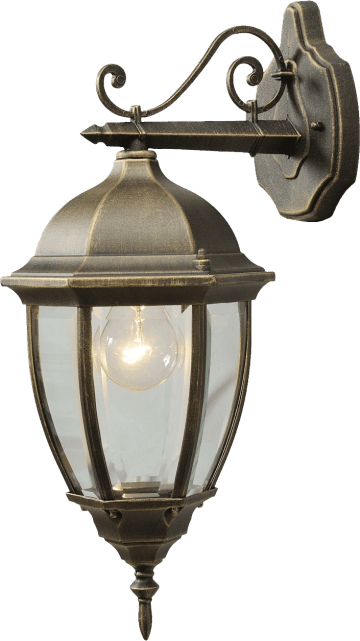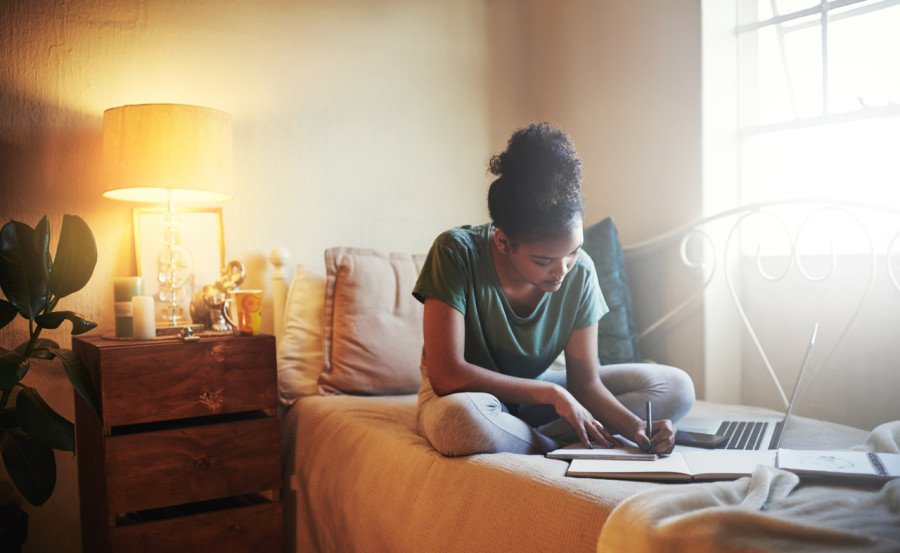Our sources of light
Get your students thinking and moving with two games designed to illuminate the difference between natural and artificial light.
- Grade 1
- 2 activities
- 40 mins

Big idea
Grade 1 Science
Light and sound can be produced and their properties can be changed.
Grade 1 Physical and Health Education
Daily physical activity helps us develop movement skills and physical literacy, and is an important part of healthy living.
Learning objectives
Students will be able to:
- Understand the importance of light, and the difference between natural and artificial light
- Share ideas and work cooperatively in a group activity
- Develop and demonstrate participation and respectful behaviour during physical activities
Activities

Making light choices
Sort out the differences between natural and artificial light.
Grade 1
Thought starter
20 mins
BC curriculum fit
Grade 1 Science
Big idea
- Light and sound can be produced and their properties can be changed
Content
- Natural and artificial sources of light and sound
Curricular competencies
Questioning and predicting
- Demonstrate curiosity and a sense of wonder about the world
Processing and analyzing data and information
- Sort and classify data and information using drawings
Evaluating
- Consider some environmental consequences of their actions
Communicating
- Communicate observations and ideas using oral or written language, drawing, or role-play
Grade 1 Physical and Health Education
Big idea
- Daily physical activity helps us develop movement skills and physical literacy, and is an important part of healthy living
Content
- How to participate in different types of physical activities, including individual and dual activities, rhythmic activities, and games
Curricular competencies
Physical literacy
- Develop and demonstrate a variety of fundamental movement skills in a variety of physical activities and environments
Social and community health
- Develop and demonstrate respectful behaviour when participating in activities with others
Assessments
The activities in this unit provide an opportunity to assess individual students and groups on their ability to:
- Share ideas and listen to each other while sorting light sources
- Understand the difference between natural and artificial light
- Make the connection that using natural light instead of artificial light conserves energy
- Demonstrate participation and respectable behaviour during the physical activity
Background info
Natural light
Natural light can benefit our health and save energy:
- Helps improve mental health
- Improves sleep
- Increases ability to concentrate and learn
- Helps our bodies to produce vitamin D, which help us build and maintain teeth and bones and absorb calcium
- Saves energy as we can turn off the artificial lighting
Tips to increase natural light and conserve energy
- Keep blinds or curtains open to let in the natural light
- Decorate with bright reflective colours and/or use mirrors
- Get outside and exercise


